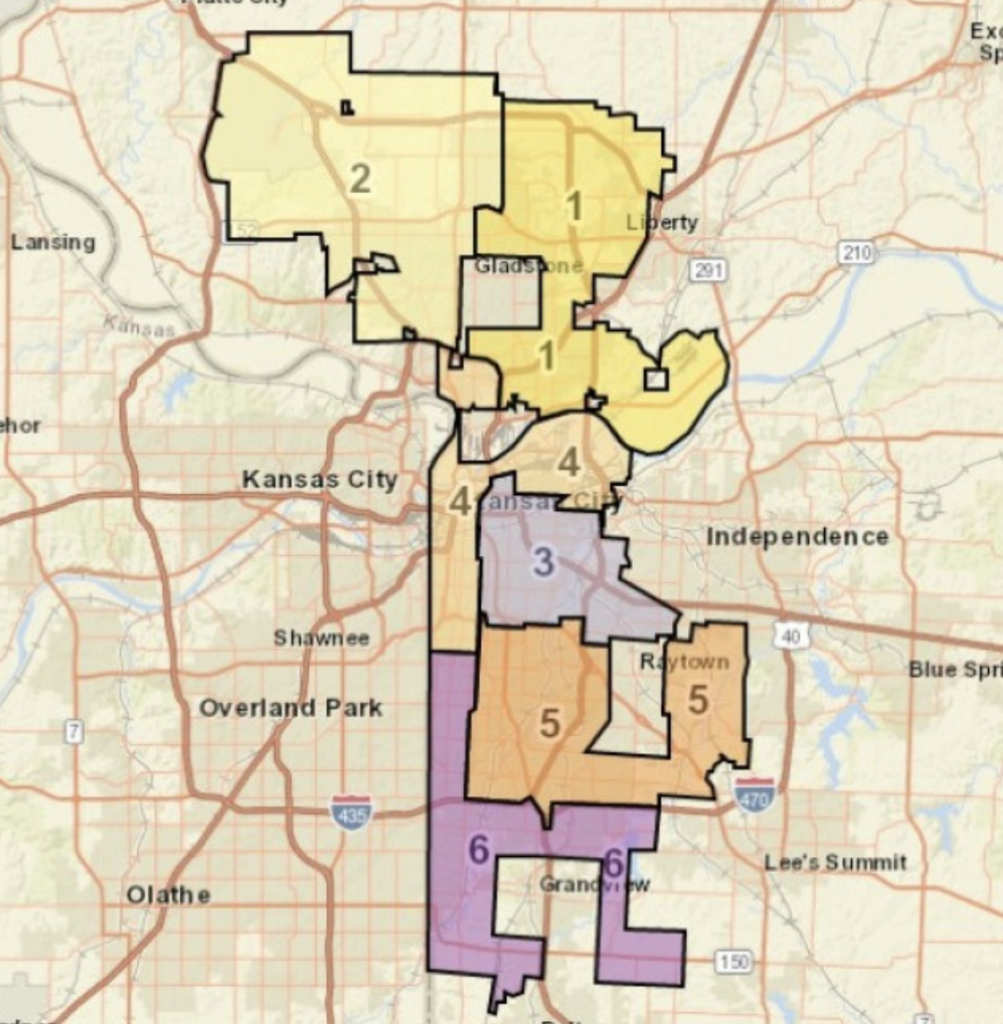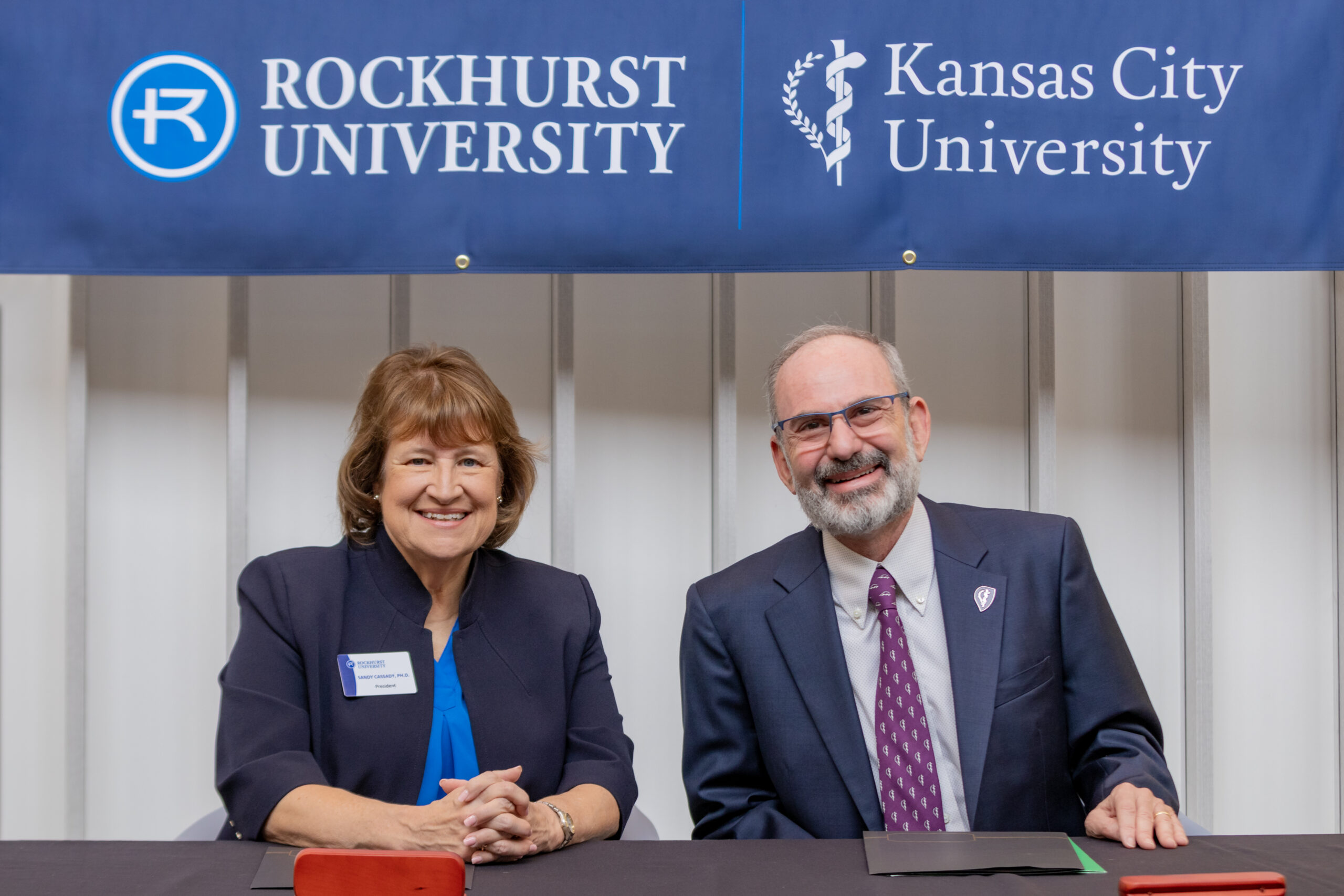
Abby Hoover
Managing Editor
The City of Kansas City, Mo. redistricting committee was announced on September 7. These individuals, appointed by Mayor Quinton Lucas, will determine how the six city council districts are redrawn.
On September 8, the City Planning and Development Department gave a presentation on the history of the districts and the results of the 2020 census.
“Over the past 10 years, Kansas City’s population has steadily grown—and I am proud to now have more than 500,000 residents living in our city, reaching the highest population number in our city’s history,” Lucas said. “As we work to build a vibrant city for all, it is important for us to ensure Kansas Citians in all neighborhoods have fair representation at City Hall.”
Kansas City’s population reached 508,090 residents in 2020, a 10.5% increase from 2010.
“Each City Council district is represented on this Commission by an individual with a strong understanding of and strong ties to their home district, and will be chaired by Ms. Stephenie Smith from Kansas City’s Northland,” Lucas said. “The Kansas Citians who will serve on our Redistricting Commission showcase the strength and diversity of our city, and I know they will each commit themselves to recommending a fair map to City Council. I thank all who have agreed to lend their time and talent to this vital work.”
In 1821, Francois Chouteau established a trading post with Kansa and Osage Native Americans. By 1838 the Kansas Town Company was established. Around 1850, the town began feeling the impact of the Civil War. By 1853, Kansas City was 1.04 square miles and had a population of 700.
The Hannibal Bridge was completed in 1869, allowing more efficient travel across the MIssouri River. In 1890, the first City Plan included the City’s park and boulevard system. In 1897, the City annexed the area that is Northeast Kansas City. By 1900, the population had reached 163,752 and the city spanned 26.6 square miles.
The Country Club Plaza opened in 1922, and the new Kansas City City Hall was completed in 1937. By 1950 the booming town had a population of 453,290 and spanned 80.98 miles, stretching from the river to 85th Street.
In 1950, Kansas City annexed areas north of the Missouri River. A flood in 1951 overtook the West Bottoms, and the Municipal and Fairfax airports. By 1961, the population had grown to 475,539 and Kansas City was 166.9 square miles.
Since 1900, the population density of Kansas City has decreased, with 6,147 people per square mile in 1900, 5,598 in 1950, 2,849 in 1961, and 1,595 in 2020. Kansas City continued annexing land until as recently as 2005, and today sits at 318.5 square miles, making the population density 1,595 people per square mile. In terms of land, Kansas City is larger than Chicago at 227.63 square miles, San Francisco at 46.87 square miles, and New York at 302.6 square miles, and smaller than Los Angeles at 468.67 square miles.
In 1966, when Ilus Davis was the mayor of Kansas City, there were 79,000 residents per council district. Council districts were redrawn in 1968 to keep the districts even, and again in 1970, this time with a population of 85,000 per district.
They were redrawn again in 1972 when Charles Wheeler was mayor, and again in 1977. When they were redrawn in 1980, they dropped back down to 75,000 per district. In 1990, when Richard Berkley was mayor, the First District shrank, existing solely north of the Missouri River, and part of the Second District expanded over the river.
In 1991, when Emanuel Cleaver II was mayor, the maps were redrawn again, with the Second District expanding in the Northland and shrinking south of the river, meaning the Northeast was instead split between districts two and three. There were 72,500 residents per district at the time.
They weren’t changed again until 2001 when Kay Barnes was mayor, with districts growing to 74,000 residents. In 2010, when Mark Funkhouser was mayor, the Fourth District shrunk and First District grew. However, by 2011 when Sly James became mayor, the maps changed again, with the Fourth District growing and expanding over the river and the Fifth District taking a chunk of the Sixth. With 76,500 residents per district, they were the largest they had been since 1977.
Between the 2010 and 2020 census, the First District grew by nearly a quarter of its population. Today it is the most populated district at 92,457, followed by the Fourth District at 90,562 and Second District at 89,192.
The Fifth District grew by less than a percent, followed closely by the Sixth District at 1.6% and the Third District at 1.68%.
When the Redistricting Committee redraws the districts in 2021, they will attempt to include 84,682 residents per district. They will also consider election boundaries, tract boundaries, neighborhood boundaries, social aspects, and simple shapes.
The City of Kansas City, Missouri is spread out into four counties: Platte and Clay north of the River, Jackson and Cass south of the river. Jackson is consistently the most populated, currently sitting at 316,456 residents. Cass County in Kansas City had 42 residents in 1990, 104 in 2000, and 197 in 2010 before dropping back down to 104 in 2020.
Platte and Clay in Kansas City populations increased by 22%, while Jackson and Cass saw only a 4.6% increase between 2010 and 2020.
The First District is represented at-large by Stephanie Smith, who chairs the committee, and Mike Kellam. Smith is a partner at Sophic Solutions, and is a management and equity consultant. Kellam is the Vice President of Business Development at McClure.
The Second District is represented by Martin Rucker, owner of Martin T. Rucker Development, a construction company. Clinton Adams, Jr., attorney at Adams Law, represents the Third District.
Pedro Zamora, the president and CEO of Hispanic Economic Development Corporation, serves the Fourth District at-large. Former Director of City Planning and Development for Kansas City Vicki Noteis also represents the Fourth District. She is now the president of Collins Noteis & Associates.
Dr. Cokethea Hill, CEO of BLAQUE Kansas City and former Fifth District City Councilwoman, represents the Fifth District.
Lathrop GPM attorney Reid Day serves the Sixth District at-large, along with Chris Lewellen, investor and restaurateur of The Well Restaurant Group, Lew’s and Charlie Hooper’s.
The Commission will meet regularly in public meetings for the next several weeks, and will produce its recommendations to the City Council in November. Kansas City Charter Section 203(b) requires the City Council to “draw new districts, based upon the last official federal census, not later than the last day of December of the year of the publication of the official federal census.”
Agendas for Commission meetings can be found on the City Clerk’s website, and meetings can be viewed on Channel 2.
Editor’s note: This article has been update to reflect Los Angeles is larger in area than Kansas City.

















